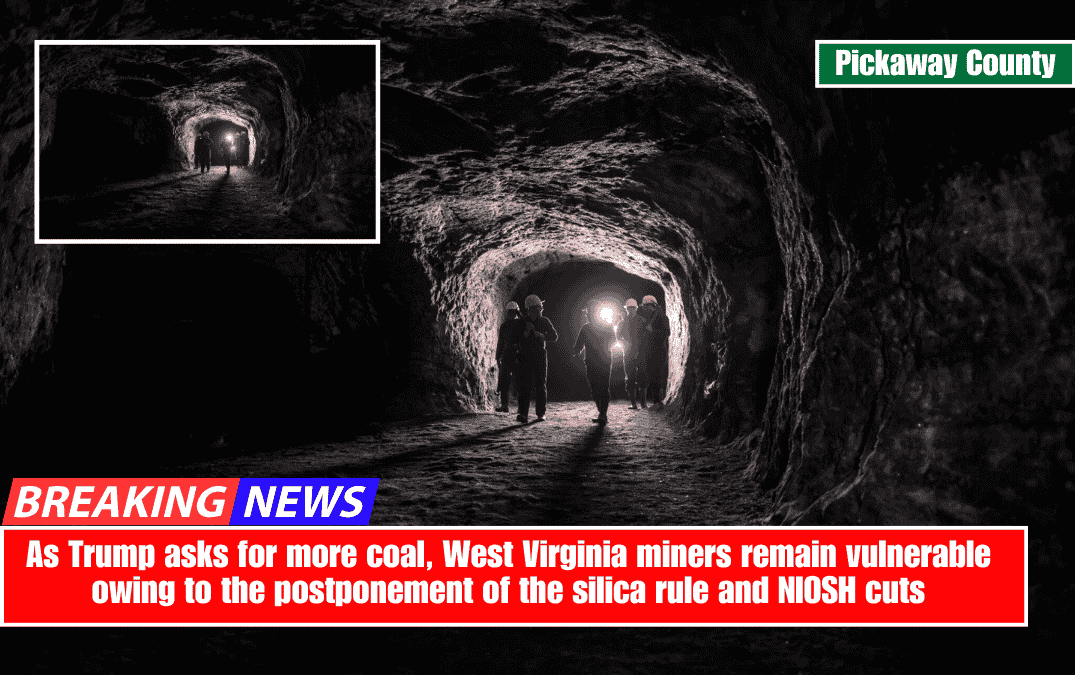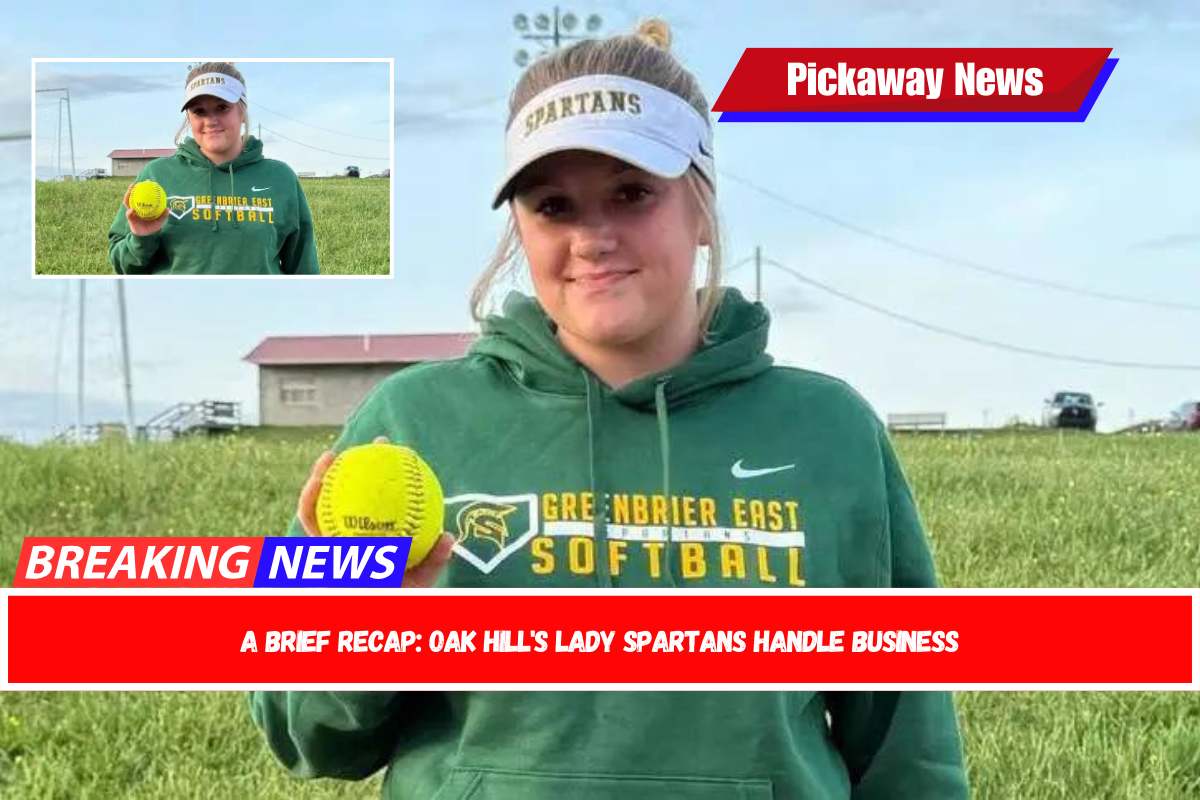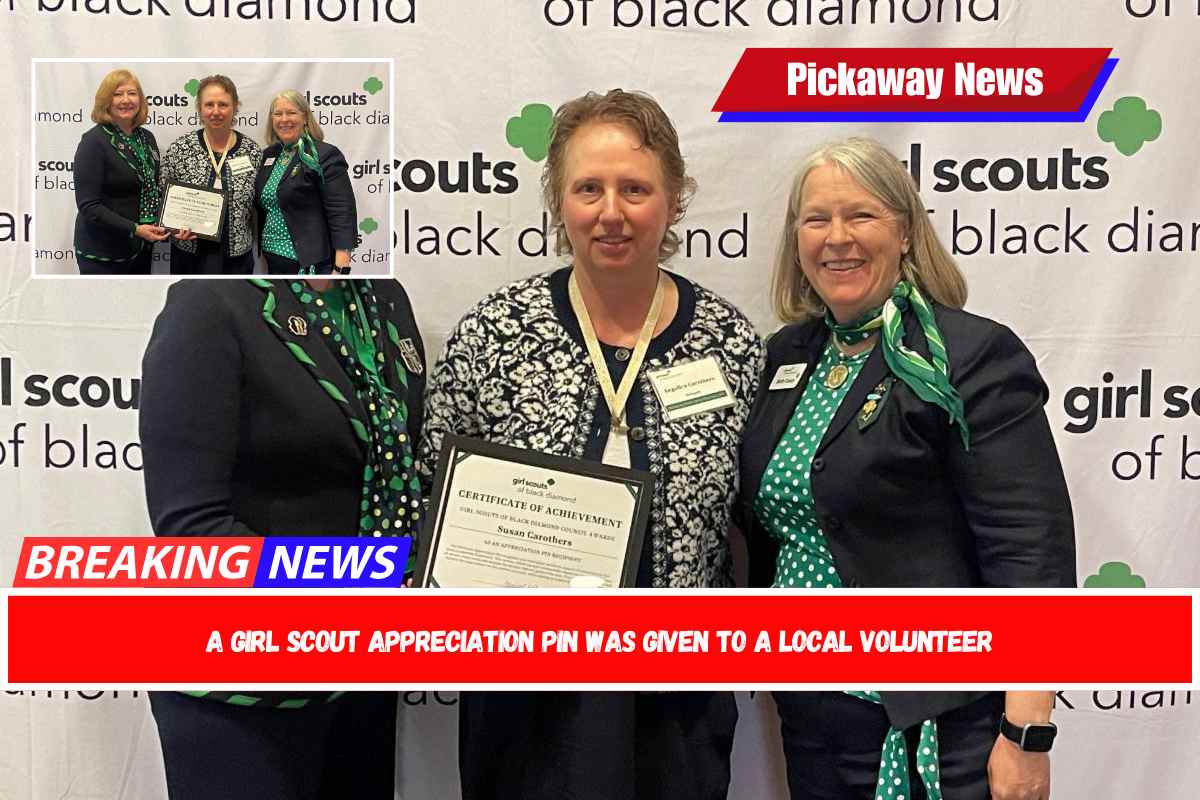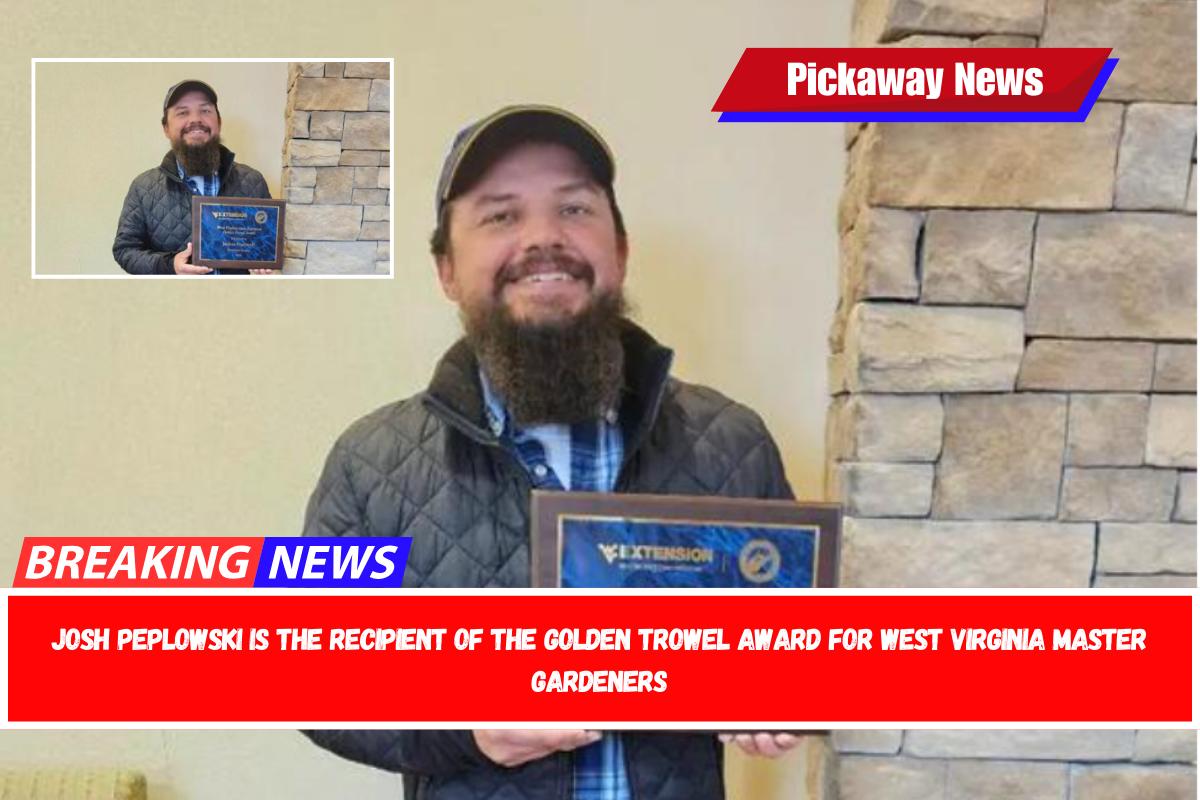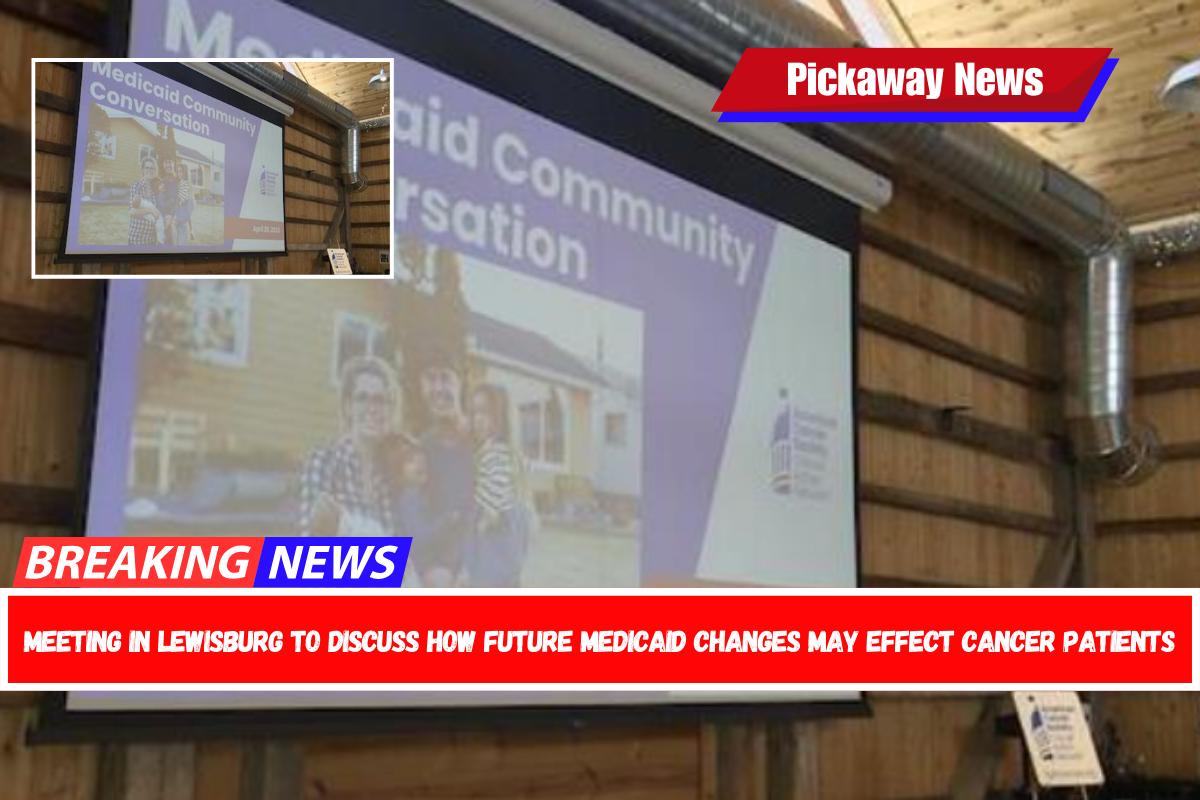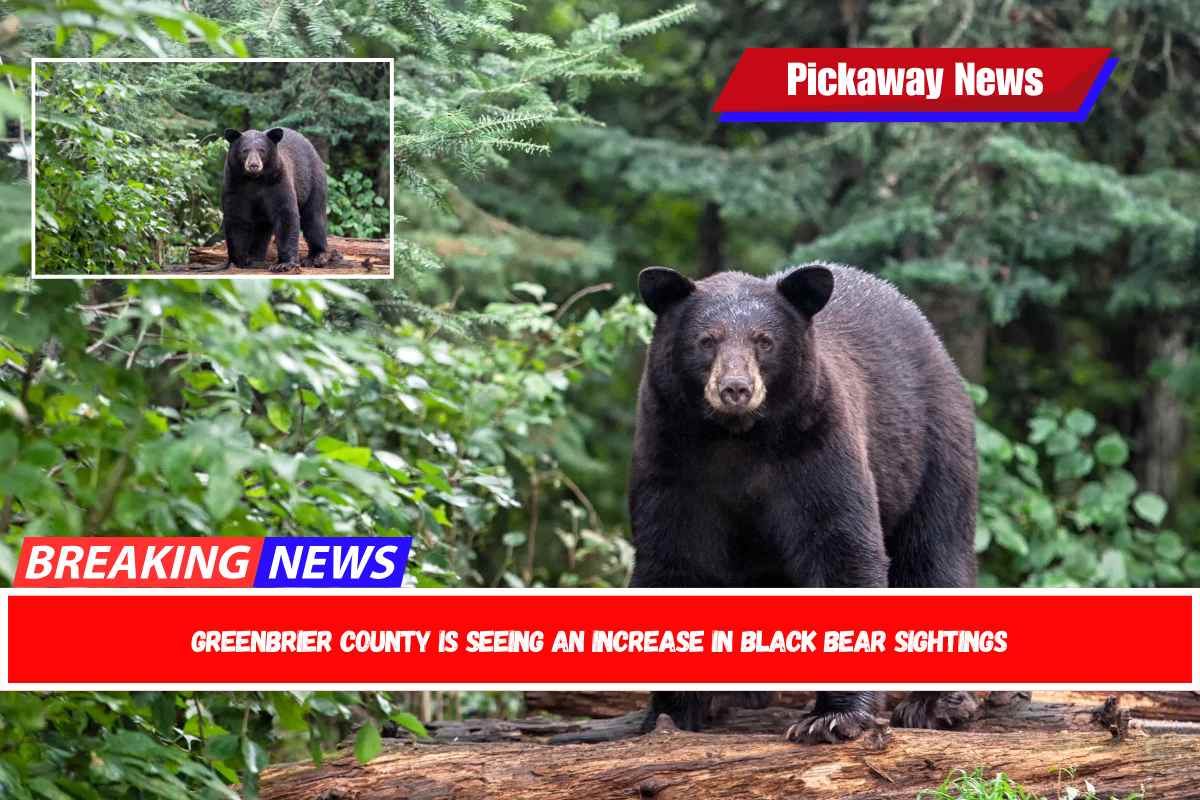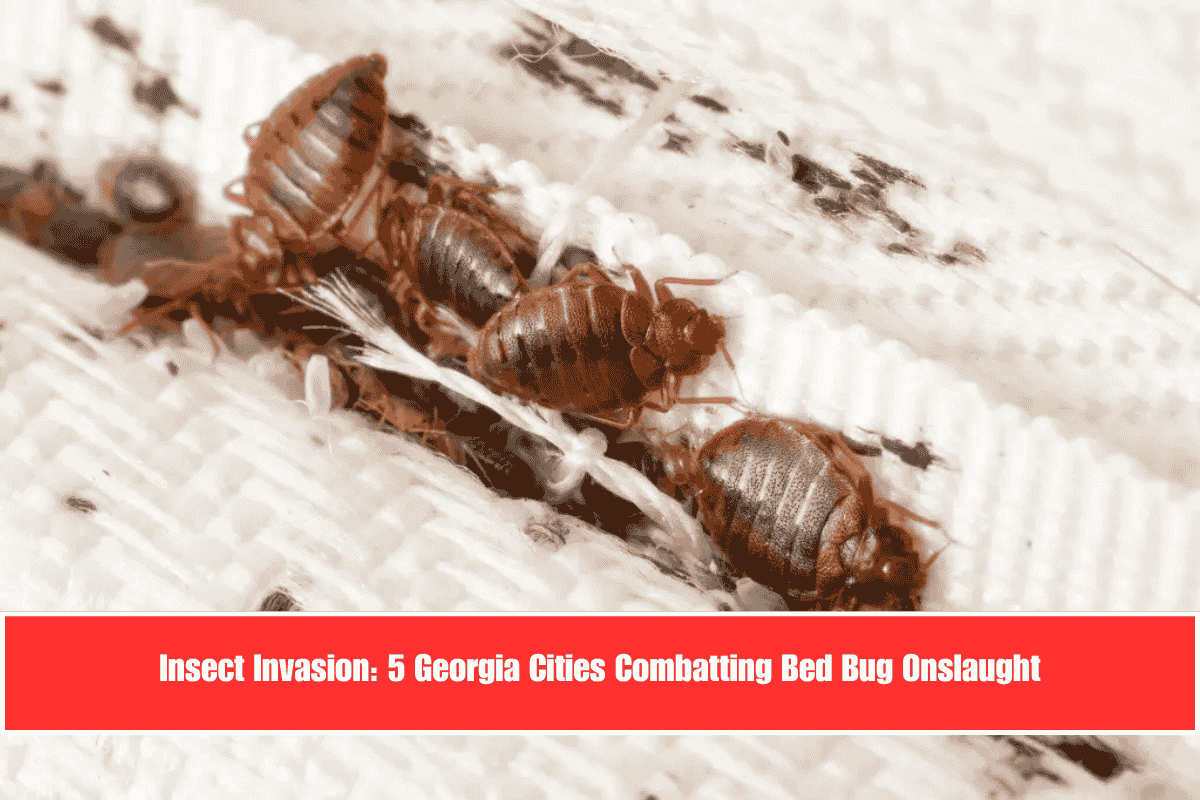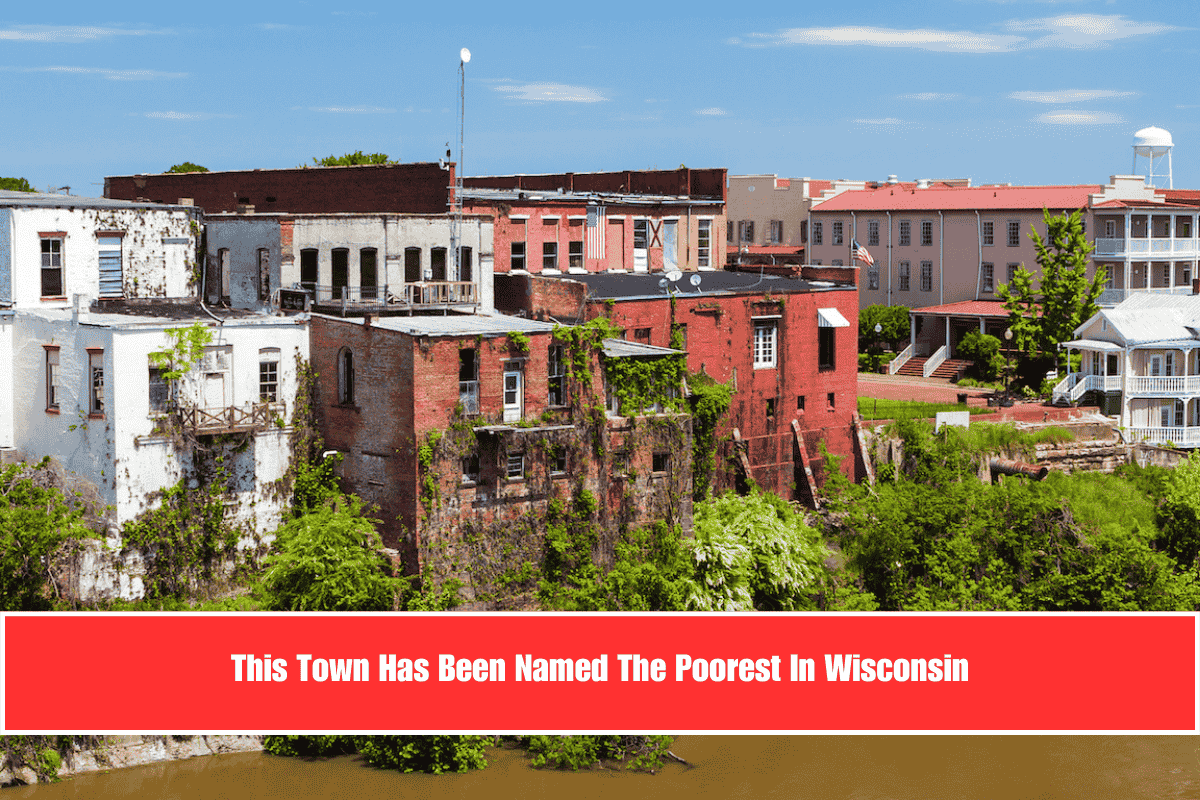A new federal rule aimed at reducing coal miners’ exposure to silica dust, a major cause of black lung disease, has been delayed until August.
President Donald Trump signed several executive orders this week to help America’s struggling coal industry, but miners in Central Appalachia who dig that coal now have fewer resources to protect themselves due to federal policies and cuts.
On Tuesday, the federal Mine Health and Safety Administration announced that the implementation of an industry rule to limit miners’ exposure to dangerous silica dust — a leading cause of black lung disease — would be delayed until August. The rule, finalized last year, was scheduled to go into effect for coal mines on April 14 and would have reduced silica dust exposure limits by half.
MSHA’s announcement of the rule’s delayed implementation came just days after a federal judge granted a temporary stay in response to a request from industry groups led by the National Stone, Sand, and Gravel Administration.
It also comes as the federal government, through the new Department of Government Efficiency, reduces funding for regional agencies that play critical roles in protecting coal miners from disease and accidents.
DOGE has already targeted the closure of approximately three dozen MSHA offices across the country during the Trump administration. These offices employ mine inspectors, whose job it is to ensure that coal mine operators adhere to industry standards that have been shown to reduce the risk of accidents and injuries to coal miners.
According to the Appalachian Citizens’ Law Center, the offices set to close performed over 16,600 safety and health inspections between February 2024 and 2025, with more than 230 of those in West Virginia.
Following the cuts, it is unclear how many mine inspections will continue to take place.
Last week, DOGE’s cuts in the name of federal cost savings impacted the National Institute of Occupational Safety and Health, an agency that plays a critical role in detecting black lung among the nation’s coal miners. More than 200 jobs were eliminated at the institute’s Morgantown location.
MSHA stated in a public notice posted earlier this week that the “unforeseen NIOSH restructuring” was a direct driver of the agency’s decision to delay the rule’s implementation.
Until the cuts, Noemi Hall worked as an epidemiologist for NIOSH’s Coal Workers’ Health Surveillance Program. Hall and her colleagues were in charge of screening coal miners for black lung disease, which was frequently done via a mobile clinic that traveled between coal mines and coal communities for ease of access.
According to Hall, these free screenings were critical for early detection of black lung, which can help prevent the disease from progressing to its most severe and debilitating form.
“What really happened is the Coal Workers Health Surveillance Program, because of the [reduction in force] at NIOSH, well it’s been completely eliminated,” Hall informed me. “It is no longer capable of performing the necessary functions. The truth is that coal miners are more vulnerable right now.
Workers at the CWHSP were not only responsible for screening coal miners, but also for evaluating their results and, if necessary, providing documentation that allowed coal miners to exercise their right to be transferred to a different, less dusty part of a coal mine if they showed signs of black lung.
Since the NIOSH cuts, coal miners have been unable to access their X-rays or spirometry test results. And because the CWHSP no longer exists, there is no one to assess the results and inform coal miners of their right to transfer.
“Coal miners have lost an essential right that they fought for,” Hall told the crowd. “To exercise that right, they need to have the X-ray reviewed by NIOSH and that function is no longer able to occur.”
We don’t want to turn back the clock on black lung.
Trump’s four executive orders this week focused on four policies that he claims will increase production of “beautiful, clean coal:” Ending a moratorium on leasing federal lands for coal mining activities, eliminating environmental regulations that Trump claimed slowed approvals for new mining projects, prioritizing grid security and reliability, and prohibiting states from enforcing stricter coal mining regulations.
However, while the Trump administration demands that more coal be mined in America with fewer worker protections, rates of black lung disease are already rising, according to research.
The Centers for Disease Control and Prevention estimates that approximately 20% of coal miners in Central Appalachia have black lung disease, the highest rate in more than 25 years. One in every twenty coal miners in the region suffers from the most severe form of the condition.
And the resurgence of black lung is affecting coal miners at a younger age than ever before. This is because, due to a lack of easily accessible coal, miners are forced to dig through more silica-rich sandstone than their predecessors in order to reach the remaining coal.
The proposed silica dust rule would be the first of its kind, limiting coal miners’ exposure to hazardous dust. Other industries, through the Occupational Health and Safety Administration, have had similar safeguards in place for years, based on decades of research demonstrating the clear dangers of inhaling silica dust.
Advocates and coal industry workers celebrated the rule. Former federal officials stated that, once implemented, the rule could potentially save thousands of lives by halving exposure limits for workers working an eight-hour shift.
However, with the rule in question and a shortage of workers certified to screen and diagnose black lung in Central Appalachia, advocates are concerned that black lung will continue to harm and kill the region’s miners. There is no cure for black lung; only disease management.
“Silica dust is killing miners, and the only way to help curb the devastation of black lung disease is to start enforcing this rule,” said Rebecca Shelton, Director of Policy at Appalachian Citizens’ Law Center. “Instead, the Trump administration simply gutted NIOSH, an institution that provided services critical to the enforcement of this rule.” Rather than admitting its mistake and working to reestablish NIOSH, the administration is doubling down on eliminating miners’ protections and delaying this rule.
Hall stated that she was extremely proud of the work she was able to accomplish through NIOSH. But now, she says, it’s difficult for her to imagine what comes next for the coal miners she’s worked with and those who will eventually enter the industry.
“What we do at NIOSH — all the research, the screenings, everything we do — it’s done for the benefit of the coal miners,” Hall told reporters. “Our goal is to help coal miners work safely and be protected. That’s good for the nation, and without [protections], I’m not sure where we’re going; we don’t want to go back in time with black lung.”
“I want to get back to work.”
After Trump issued his coal industry executive orders on Tuesday, West Virginia’s congressional delegation rushed to celebrate what they saw as victories for the state’s struggling coal economy.
“These executive orders are welcome news for our miners and the entire industry, and I am glad we have a president that recognizes the need to support them,” said Sen. Shelley Moore Capito, R-W.Va.
Sen. Jim Justice, R-W.Va., whose family owns several coal mines that have received dozens of fines for health and safety violations, said he was “proud” to join Trump in ensuring that “West Virginia can continue to lead the way in energy production for generations to come.”
Rep. Carol Miller, R-West Virginia, said the orders will help create jobs and boost the state’s economy.
“No one works harder than a West Virginia coal miner, and I thank President Trump for his commitment to the coal industry and West Virginia,” according to Miller.
Meanwhile, the delegation has made no statements about the delay of the silica rule or the potential vulnerability of West Virginia’s coal miners as they are asked to mine more coal.
Capito has issued the strongest statement, telling reporters last week that she has “strong disagreements” with DOGE’s cuts in the state, particularly at NIOSH. She said she planned to discuss the cuts with Health Secretary Robert F. Kennedy Jr., but no further announcements have been made.
Last year, when House Republicans attempted to halt the silica rule’s implementation by blocking funding, Capito, a member of the Senate Appropriations Committee, declined to comment on the proposed legislation or rule.
And none of the state’s congressional delegation has signed on to support the Robert C. Byrd Mine Safety Protection Act, which would increase mine inspections, strengthen enforcement and penalties, modernize safety standards, and give coal miners more rights.
Hall finds it difficult to watch what the government does — or does not do — for the region’s coal miners. But, overall, she believes good people are in government. She considers herself, as well as all of her CWHSP colleagues, to be part of that government.
She now wants to make sure that people understand the true impact of these policy decisions.
“I know the government is full of people who are deeply concerned about the American people. That’s what I felt I was doing, and I’d love to be able to continue doing so — to help my neighbors and coal miners,” Hall said. “I don’t want this to be accepted. I don’t want it to be like what I did or used to do at NIOSH. We need to keep doing this work, and I am eager to get back to work.”
